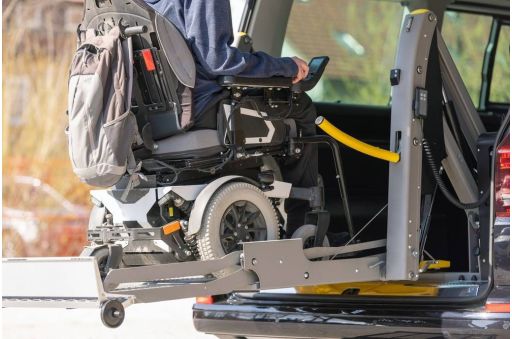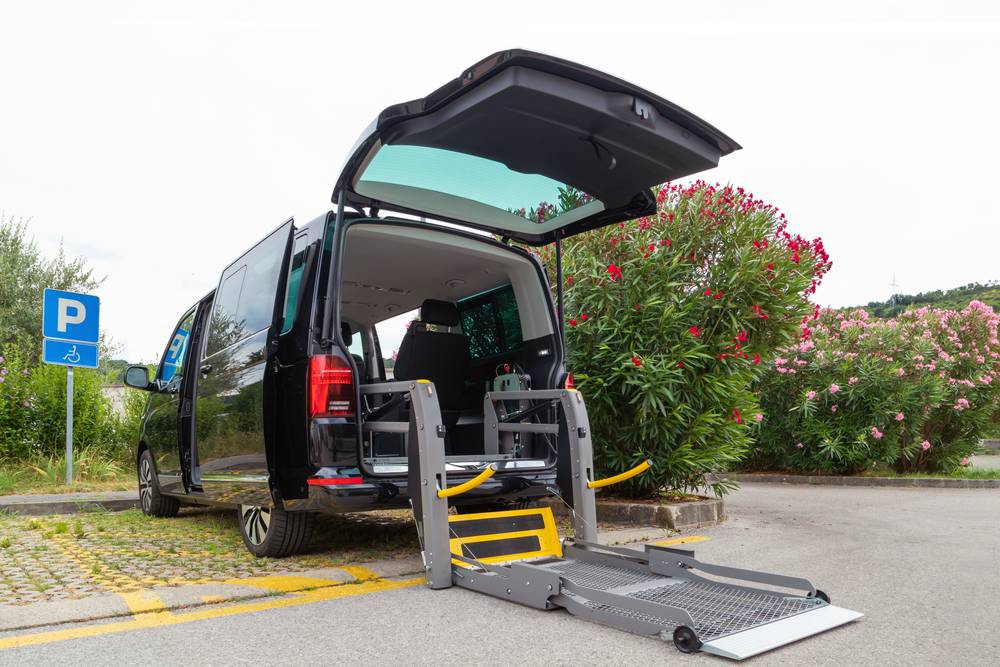
How to Get an Electric Wheelchair into a Car
Independence in mobility is substantial for autonomy, particularly if one has limited movement. Still, getting electric wheelchairs into cars proves to be difficult. This article describes how to transport a wheelchair into a car, focusing on the specific demands of users.
Wheelchair Transportation Safety
The safety of wheelchair transportation is of particular concern, especially with the emergence of autonomous vehicles (AVs) developed for wheelchair-bound passengers. Wheelchair tie-down and occupant restraint systems are also known as WTORS, which are very important for protecting passengers. What these systems need to do is be crash-worthy and reduce risk in case of an accident. Still, safety considerations include more than the mere presence of WTORS. Their proper use, alongside regular maintenance and compatibility with different wheelchair designs, are all integral aspects of an effectively formulated approach to a developed strategy.
Safety cannot be emphasized enough when it comes to transporting medical devices. The proper training on the use of WTORS, along with routine inspections, can ensure that systems provide as much protection as possible. Therefore, manufacturers and vehicle modifiers must follow strict safety standards. AV and WTORS users must have a broad understanding of the limitations and appropriate use of the following systems. Proper best practices for safeguarding wheelchairs not only increase safety but also foster confidence that leads to improved mobility and independence.

Here Is How to Get an Electric Wheelchair In Step-by-Step
1. Choose an Appropriate Vehicle
Opt for a van, SUV, crossover, wagon, or minivan with enough interior height and space. Measure the interior dimensions and doorway width. The vehicle should accommodate the wheelchair, user, and additional passengers/items.
2. Prepare the Wheelchair
Remove or fold down footrests if possible to reduce the wheelchair's length. You may also need to remove the joystick, seat cushions, or other detachable parts.
Check the wheelchair's weight capacity and dimensions to ensure the vehicle can support it. Heavier power chairs may require a ramp or lift assist.
3. Ready the Vehicle
Open all the doors and move the front passenger seat forward for more room. You may need to temporarily remove the front passenger seat.
Place a blanket or tarp on the vehicle floor for the wheelchair tires to get traction and prevent scratches/damage.
4. Use a Ramp or Lift
If you need assistance getting the power chair safely into the vehicle, use a portable ramp or lift device designed for wheelchairs. Make sure the ramp angle is not too steep, and secure the ramp.
For a manual lift, wheel the chair onto the lowered platform, then crank the lift to raise the chair up to vehicle floor height.
5. Wheel Into Vehicle
Wheel the chair up the ramp slowly and carefully. For vans, wheel it up the ramp backward so the heavier back wheels go in first. Have someone guide you and spot the wheelchair.
Wheel it into position inside the vehicle and engage the wheel locks.
6. Secure the Wheelchair
Use wheelchair tie-down straps attached to the vehicle floor and frame to keep it fixed tightly in place during transport. Usually, four tie-down points are needed.
Attach the lap belt to provide restraint for the wheelchair user.
7. Replace Vehicle Seats
Once secured, replace any passenger seats you removed to make more space.
Take things slowly and get assistance if needed. Make sure the electric chair and user are securely fastened before driving.

Electric Wheelchair-Driving Robotic Modules
One of the significant achievements in ensuring high-quality driving and minimizing accidents is developing such driver assistance systems for electric wheelchairs as robotic modules. Such systems are designed for users to navigate complex environments, allowing them to ensure accuracy and safety. Robotic modules may broaden accessibility to a wider demographic that is outside the reach of independent wheelchair use.
Robot modules and other innovations are among those steps to empower individuals with disabilities. These systems have the power to change lives, improving wheelchair performance and increasing independence. The groundbreaking nature of this technology in fostering inclusivity and autonomy is obvious, suggesting a positive outlook on innovation.
Public Transport Modifications for Wheelchair Accessibility
The improvement of the accessibility includes making vehicles friendly to power wheelchairs. This includes modifying autonomous electric shuttles so that wheelchair entry, securement and exit take place easily in a safe manner. The modifications also consider wheelchair size and weight as well as individual requirements in order to deliver a smooth user experience.
Customization is dependent on the post-production modifications. Such changes may involve the provision of ramps, mobility lifts, and securement systems for safely transferring electric wheelchairs. These adaptations give people freedom since they allow people to move around and travel in dignity.
Wheelchair-Friendly Personal Car Modifications
It is extremely important to consider the adaptations that are needed in wheelchair-accessible personal vehicles. For instance, powered wheelchairs can be placed in the cargo area of SUV-type cars. This involves several modifications, such as the installation of ramps or lifts, lowering floors, and reinforcement suspension systems to accommodate more weight.
The following changes are informed by personal experience and practical tips. However, the adaptation of vehicles must be tailored to suit each person’s needs. It would be useful to know the dimensions of the wheelchair and user mobility needs, as well as the capabilities of this vehicle, in order to choose the most appropriate car for modification. The exchange of ideas and people's knowledge allows for the correct decisions to be made, which eventually leads to modifications that are more efficient and user-friendly.
Conclusion
There are several considerations and problems associated with the transportation of electric wheelchairs in cars. From strong securement systems to vehicle modifications that allow safe and comfortable travel, every piece is equally important for maintaining the independence and dignity of individuals with limited mobility. This is contributed by constant research and technological advancements in the field. Not only do they enhance the safety and ease of electric wheelchair transportation, but they also show a general emphasis on inclusivity for all people with regard to mobility limitations everywhere.

